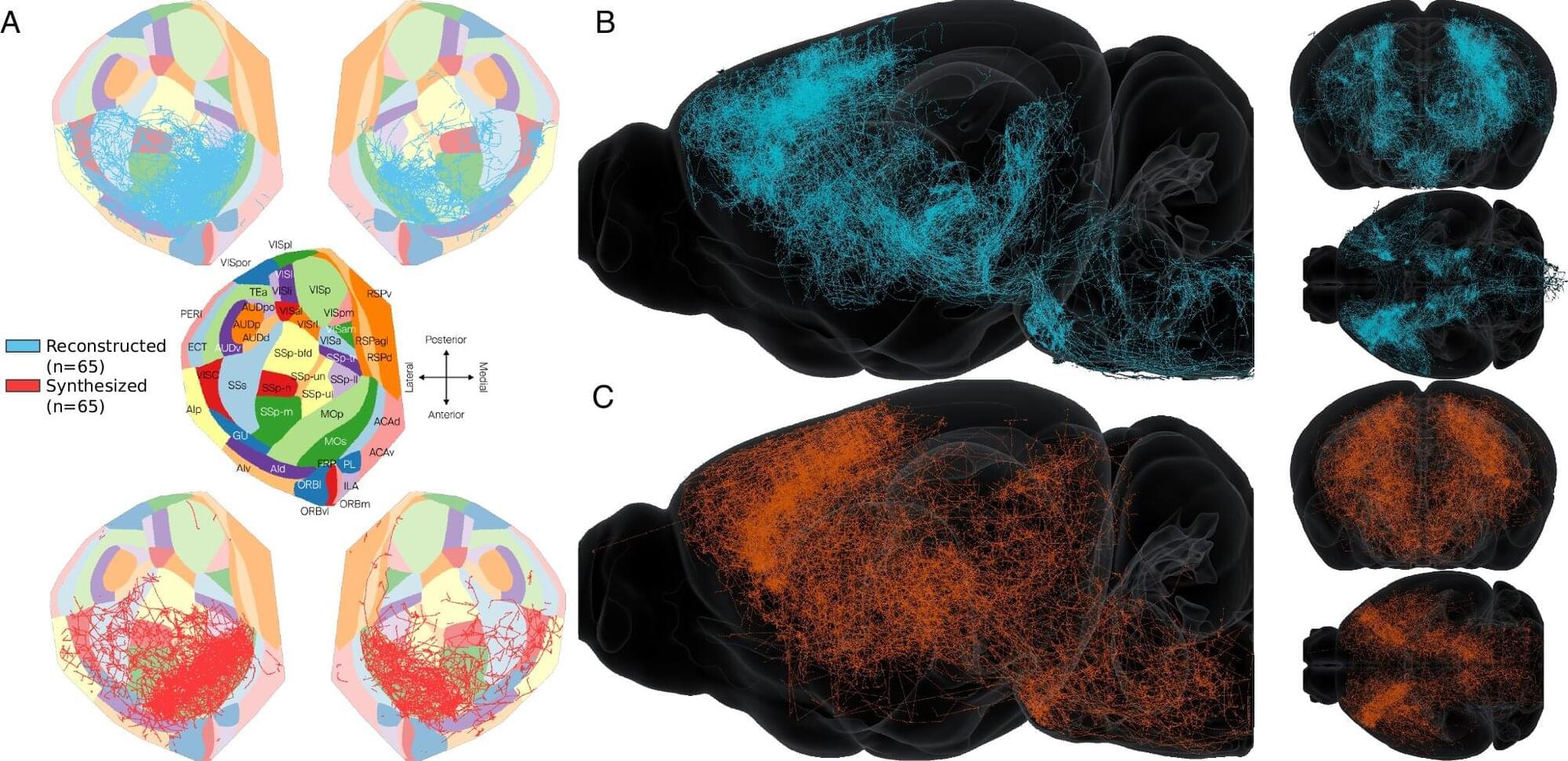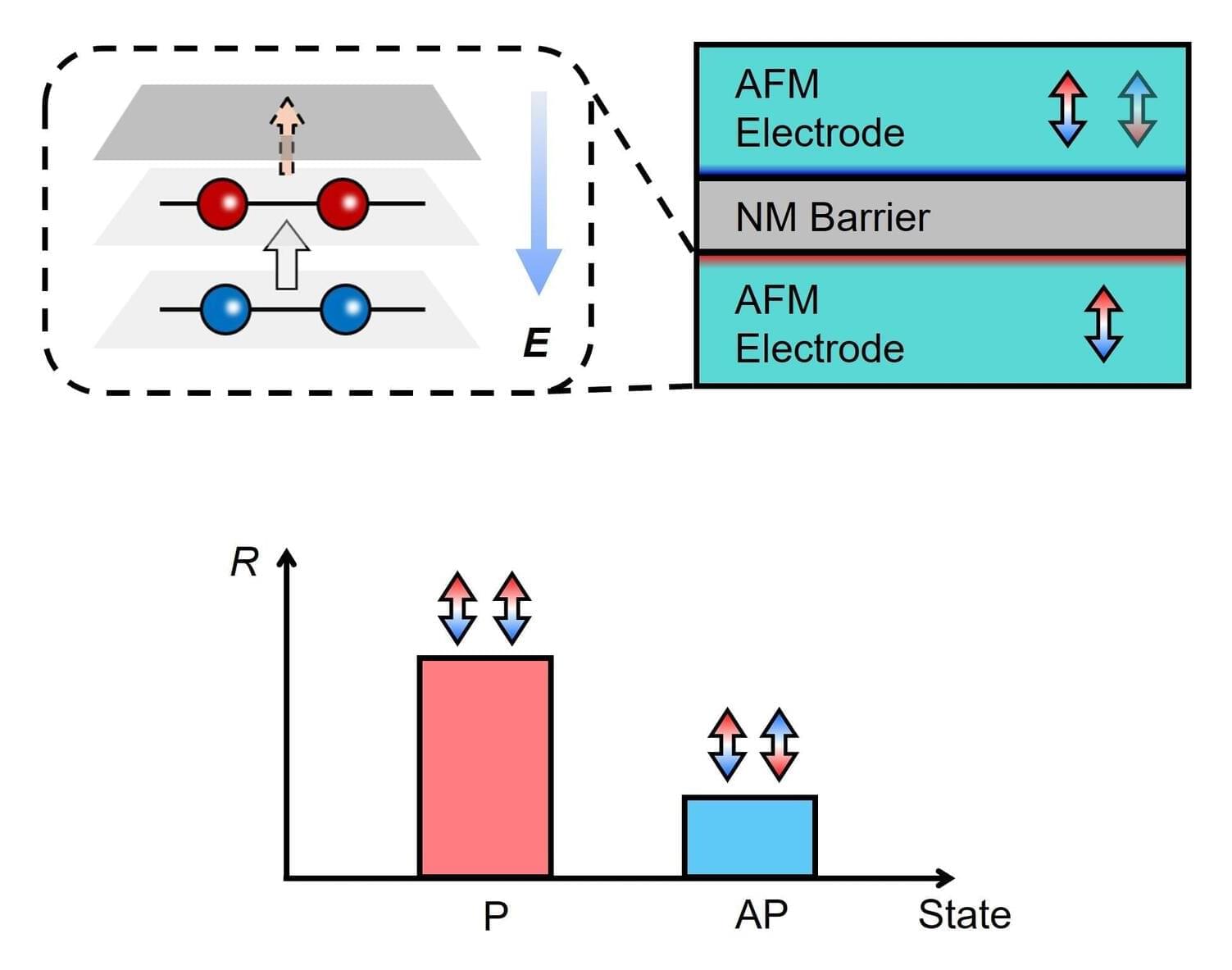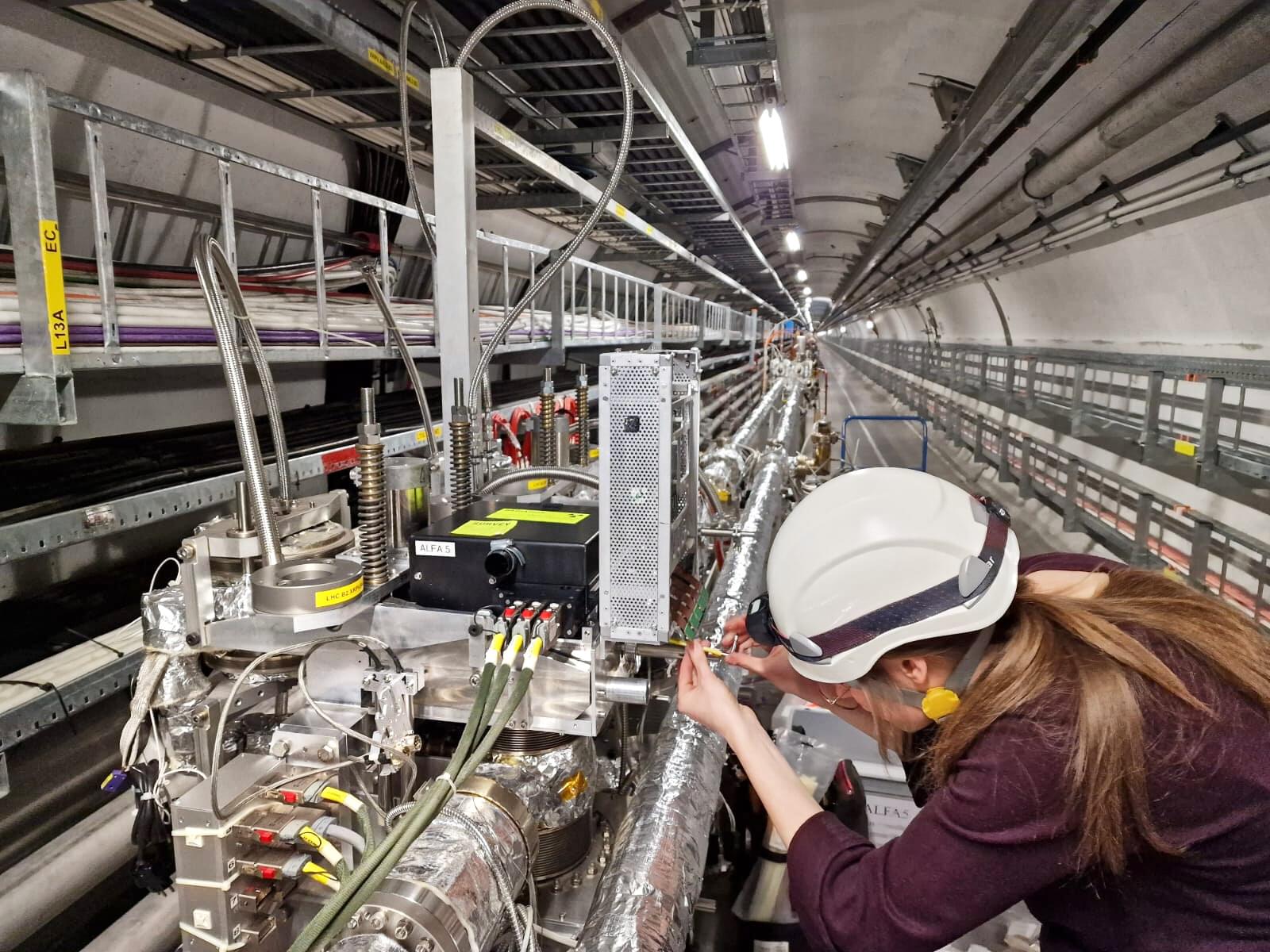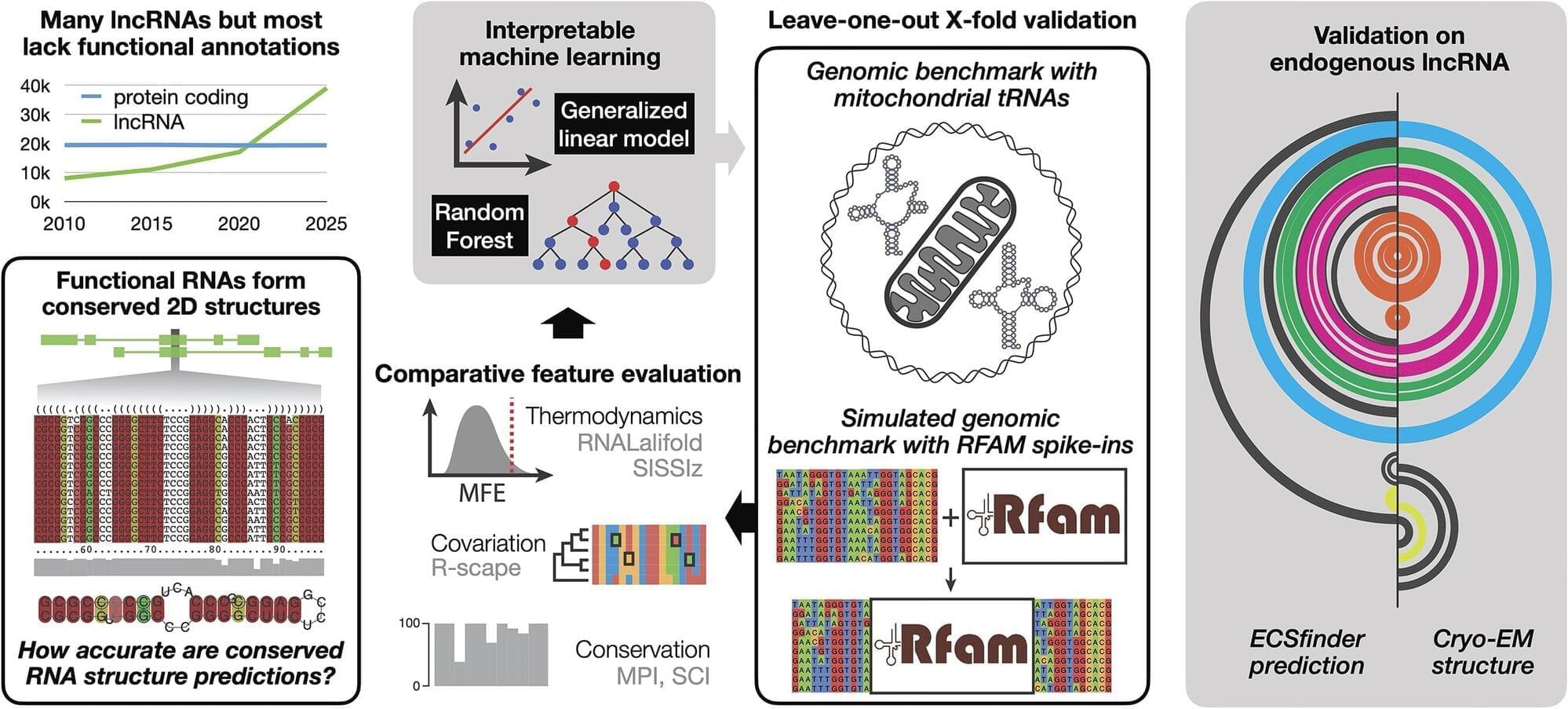How likely you think something is to happen depends on what you already believe about the circumstances. That is the simple concept behind Bayes’ rule, an approach to calculating probabilities, first proposed in 1763. Now, an international team of researchers has shown how Bayes’ rule operates in the quantum world.
“I would say it is a breakthrough in mathematical physics,” said Professor Valerio Scarani, Deputy Director and Principal Investigator at the Center for Quantum Technologies, and member of the team. His co-authors on the work published on 28 August 2025 in Physical Review Letters are Assistant Professor Ge Bai at the Hong Kong University of Science and Technology in China, and Professor Francesco Buscemi at Nagoya University in Japan.
“Bayes’ rule has been helping us make smarter guesses for 250 years. Now we have taught it some quantum tricks,” said Prof Buscemi.









